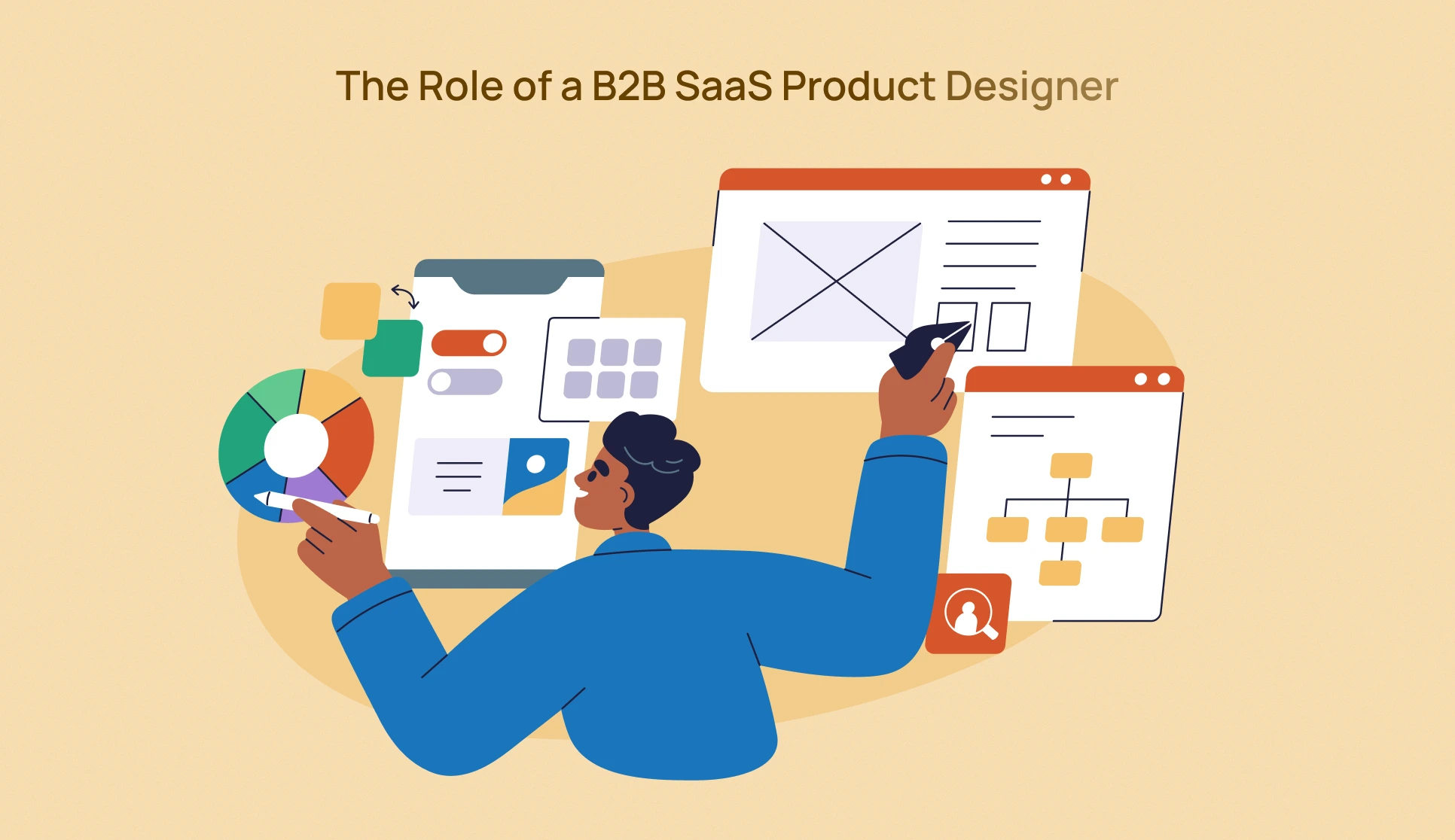In the fast-paced world of business-to-business (B2B) software-as-a-service (SaaS), product designers play a pivotal role in creating solutions that are not only functional but also intuitive and user-friendly. A B2B SaaS product designer designs software that addresses real-world business problems, enhances productivity, and drives efficiency.
Table of contents
Let’s dive into the core responsibilities and key considerations that define the work of a B2B SaaS product designer.
Why UI/UX Design Matters for B2B SaaS
In the competitive world of B2B SaaS, UI/UX design is not just a nice-to-have—it’s a critical driver of success. Here’s why:
- User Retention: A seamless and enjoyable user experience fosters higher satisfaction, essential for retaining users in subscription-based models. Happy users are loyal users.
- Increased Adoption: Intuitive and user-friendly interfaces make it easier for teams to onboard and use the software effectively, reducing resistance to adoption.
- Improved Efficiency: Well-designed workflows and interfaces streamline tasks, saving time and boosting business productivity.
- Competitive Edge: In a crowded market, a thoughtfully designed SaaS product can differentiate your offering, helping you attract and retain more customers.
- Higher Conversions: A positive user experience directly impacts conversion rates, as users are likelier to embrace and commit to software that feels effortless and valuable.
Investing in exceptional UI/UX design isn’t just about aesthetics—it’s about creating a product that delivers real value, drives business growth, and keeps users returning for more.
Need a user-friendly, visually stunning, and efficient B2B SaaS product?
I’m Prince Pal, a B2B SaaS Product Designer specializing in UI/UX, branding, and workflows that match your goals and users’ needs.
I simplify complexity, create intuitive interfaces, and make your product shine with a data-driven, user-focused approach.
Connect with me today to boost your SaaS success and drive growth together!

Core Responsibilities of a B2B SaaS Product Designer
1. Understanding User Needs
A thorough understanding of the end-users is at the heart of every successful B2B SaaS product. Product designers conduct extensive user research to identify business users’ pain points, workflows, and goals, including interviews, surveys, and usability testing.

This research forms the foundation for designing solutions that resonate with the target audience.
For example, a designer working on an enterprise project management tool might discover that users struggle with tracking multiple tasks across teams.
With this insight, the designer can prioritize tasks like task automation or real-time collaboration to address these challenges.
2. Designing for Functionality
In the B2B space, functionality is king. Users rely on SaaS products to streamline complex processes, and any inefficiency can lead to frustration and lost productivity.
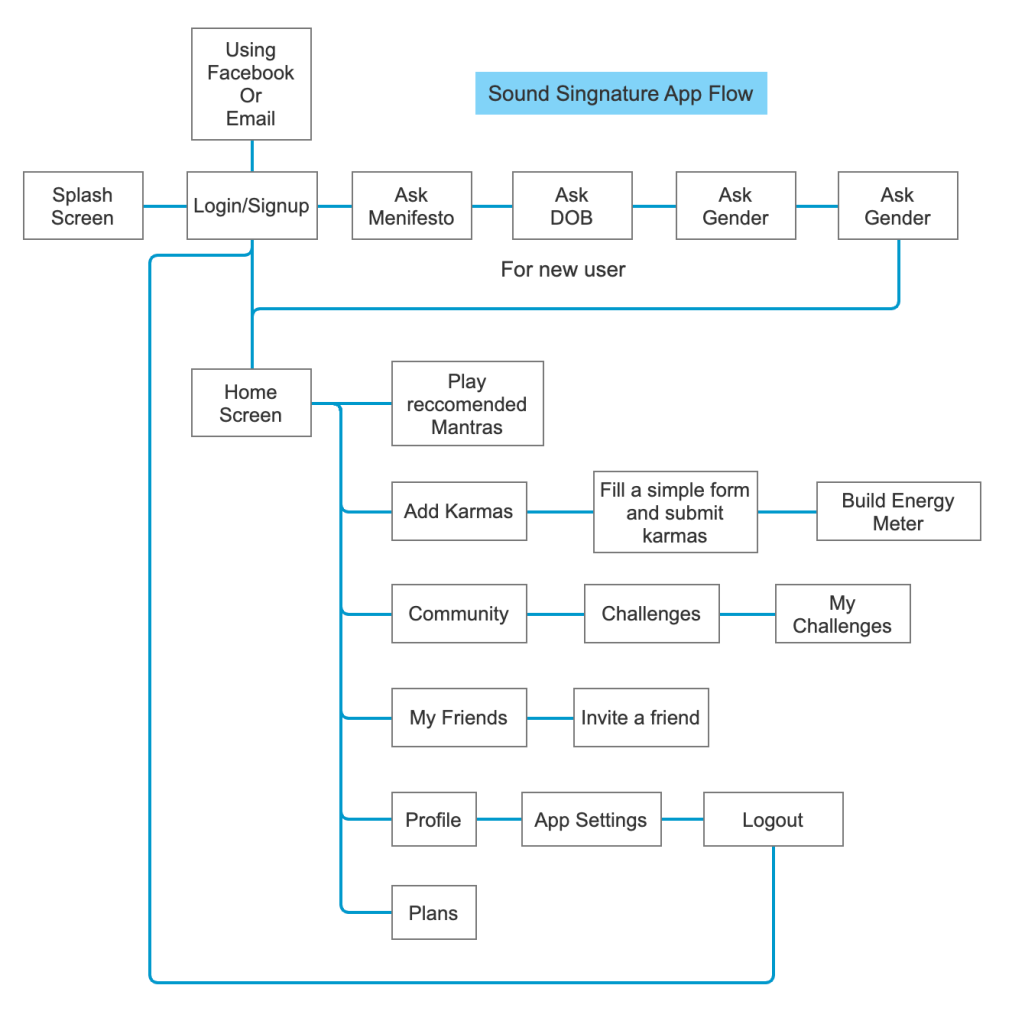
A product designer’s job is to create intuitive workflows that allow users to accomplish tasks quickly and effectively.
This often involves simplifying multi-step processes, reducing cognitive load, and ensuring the most critical features are easily accessible.
For instance, a designer working on a CRM platform might focus on designing a dashboard that provides quick access to customer data, sales pipelines, and communication tools—all in one place.
3. Creating a Consistent User Experience
Consistency is key to a positive user experience. A B2B SaaS product designer ensures the user interface (UI) is intuitive and easy to navigate, with a consistent design language across all screens and features.

This includes maintaining uniformity in typography, color schemes, button styles, and interaction patterns.
A consistent UI enhances usability and reinforces the product’s brand identity, making it more recognizable and trustworthy.
4. Visual Appeal and Branding
While functionality is paramount, aesthetics also play a crucial role in user satisfaction. A visually appealing design can make the product more engaging and enjoyable.

Product designers ensure that the product aligns with the company’s brand identity, incorporating brand colors, logos, and visual elements that reflect the organization’s values and mission.
For example, a SaaS product for a financial institution might use a clean, professional design with a muted color palette to convey trust and reliability.
5. Accessibility
Inclusivity is a critical consideration in modern product design. A B2B SaaS product designer ensures the product is accessible to all users, including those with disabilities.
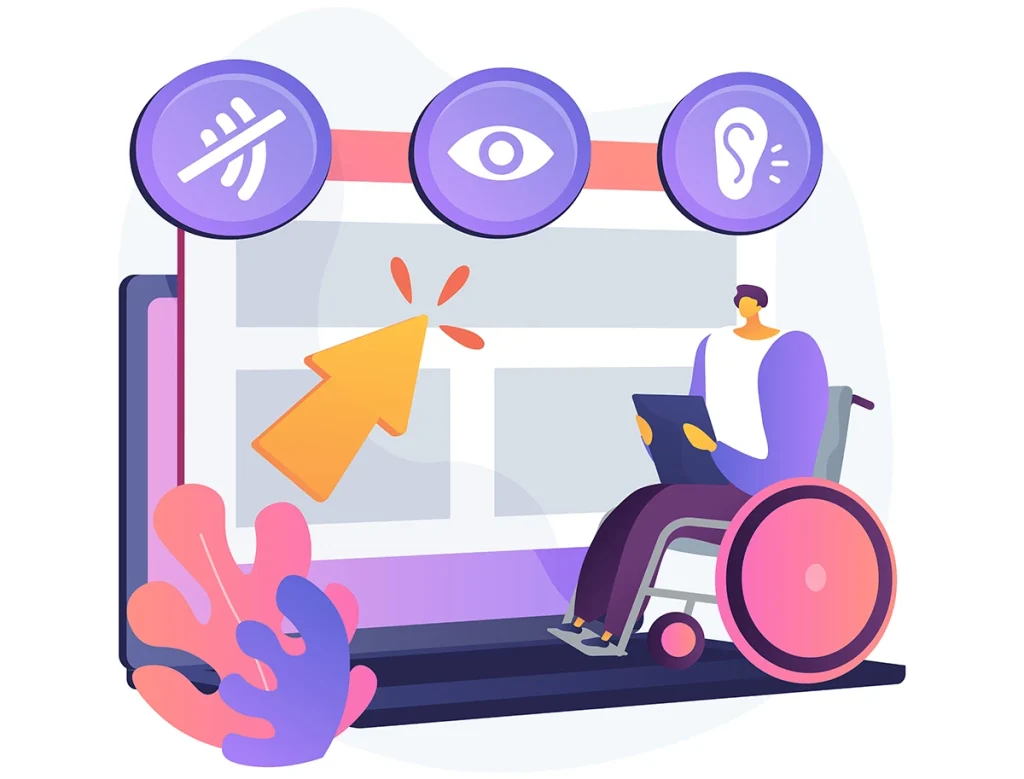
This involves adhering to accessibility standards, such as providing alternative text for images, ensuring keyboard navigability, and using sufficient color contrast.
By prioritizing accessibility, designers comply with legal requirements and expand the product’s reach to a broader audience.
6. Collaboration
Product design is a team effort. Designers work closely with product managers, engineers, and other stakeholders to ensure the product meets business goals and user needs.
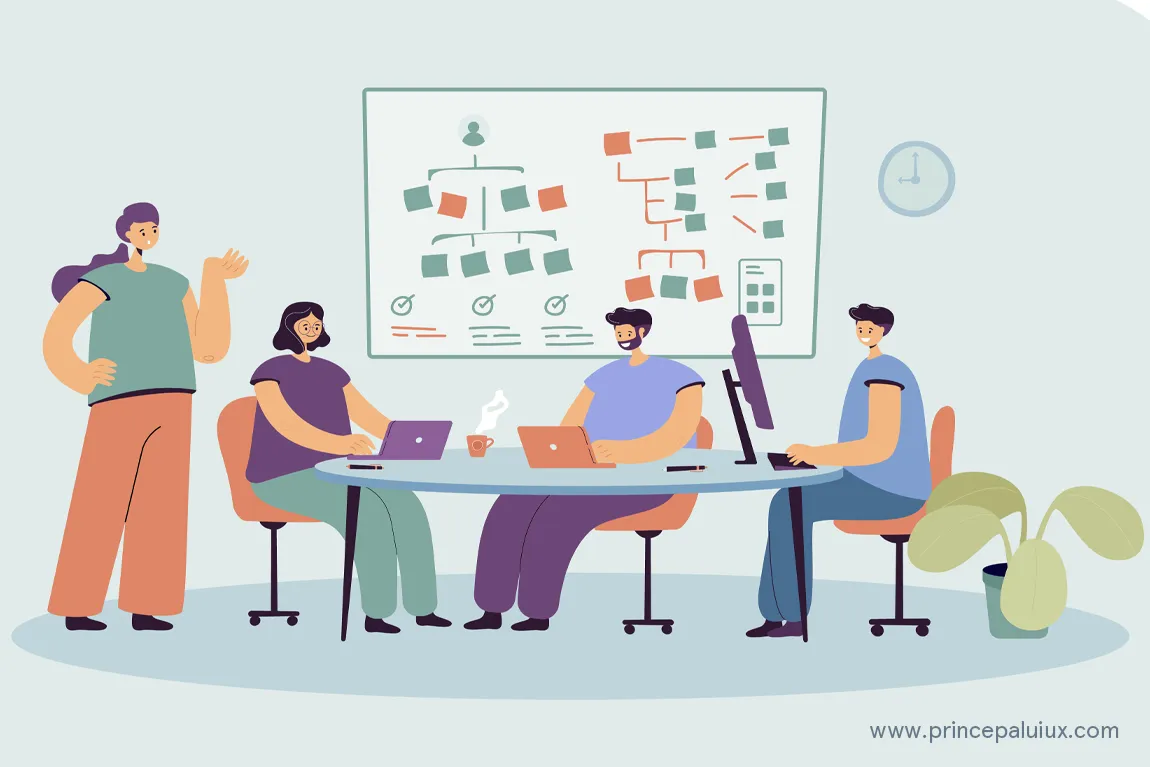
Effective communication and collaboration are essential to aligning everyone on the vision, addressing technical constraints, and delivering a value-added product.
For example, a designer might collaborate with engineers to ensure a proposed feature is technically feasible or work with marketing teams to align the product’s messaging with its design.
Key Considerations for B2B SaaS Design
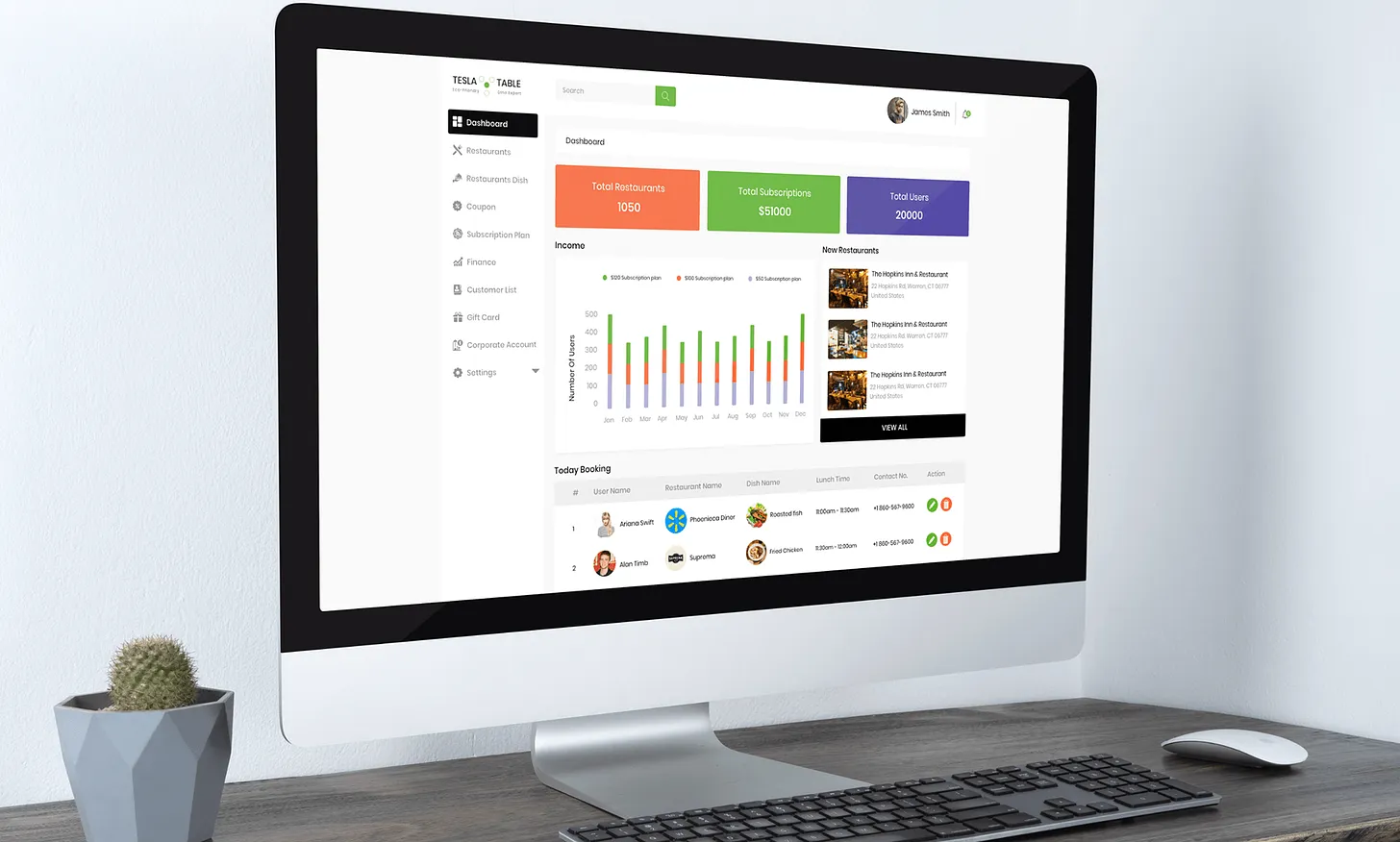
1. Simplicity
B2B SaaS products often handle complex processes, but the interface should never feel complicated. Designers strive to keep interfaces clean and straightforward, focusing on core functionality and eliminating unnecessary clutter. A simple design reduces the learning curve and helps users focus on what matters most.
2. Consistency
A consistent design language ensures that users can easily navigate the product without confusion. This includes using the same terminology, icons, and interaction patterns throughout the product. Consistency builds trust and familiarity, making the product more user-friendly.
3. Efficiency
Time is money in the business world. Designers prioritize efficiency by creating workflows that allow users to accomplish tasks quickly and with minimal effort. This might involve automating repetitive tasks, providing keyboard shortcuts, or offering bulk actions.
4. Customization
Every business is unique, and users often have specific needs. Designers incorporate customization options that allow users to tailor the interface to their preferences. For example, a dashboard might offer drag-and-drop widgets or customizable reports to suit different workflows.
5. Feedback
Users need to know that their actions have been recognized. Designers implement feedback mechanisms, such as success messages, error notifications, or progress indicators, to inform users about the system’s status.
6. Onboarding
A smooth onboarding process is crucial for helping new users get up to speed quickly. Designers create intuitive onboarding experiences, such as interactive tutorials or guided tours, to familiarize users with the product’s features and functionality.
7. Function Over Form
While aesthetics are important, functionality takes precedence in the B2B space. Designers prioritize features and workflows that solve real problems, ensuring that the product delivers tangible value to users.
8. Real-World Language
B2B users appreciate clear, concise language that resonates with their industry. Designers avoid jargon and use terminology that aligns with the target audience’s vocabulary.
9. Modular Design
Modular design involves creating reusable components that can be easily tested and iterated upon. This approach speeds up development and ensures consistency across the product.
10. Prioritize Business Goals
A successful B2B SaaS product aligns with the company’s business objectives. Designers work closely with stakeholders to ensure the product supports key metrics, such as user retention, revenue growth, and customer satisfaction.
11. Data-Driven Design
Data should inform design decisions. Designers use analytics, user feedback, and A/B testing to measure the impact of their designs and make data-driven improvements.
12. Focus on Value
Ultimately, a B2B SaaS product must deliver value to its users. Designers emphasize the product’s value proposition, ensuring it solves real problems and enhances business efficiency.
Examples of B2B SaaS UI/UX Design
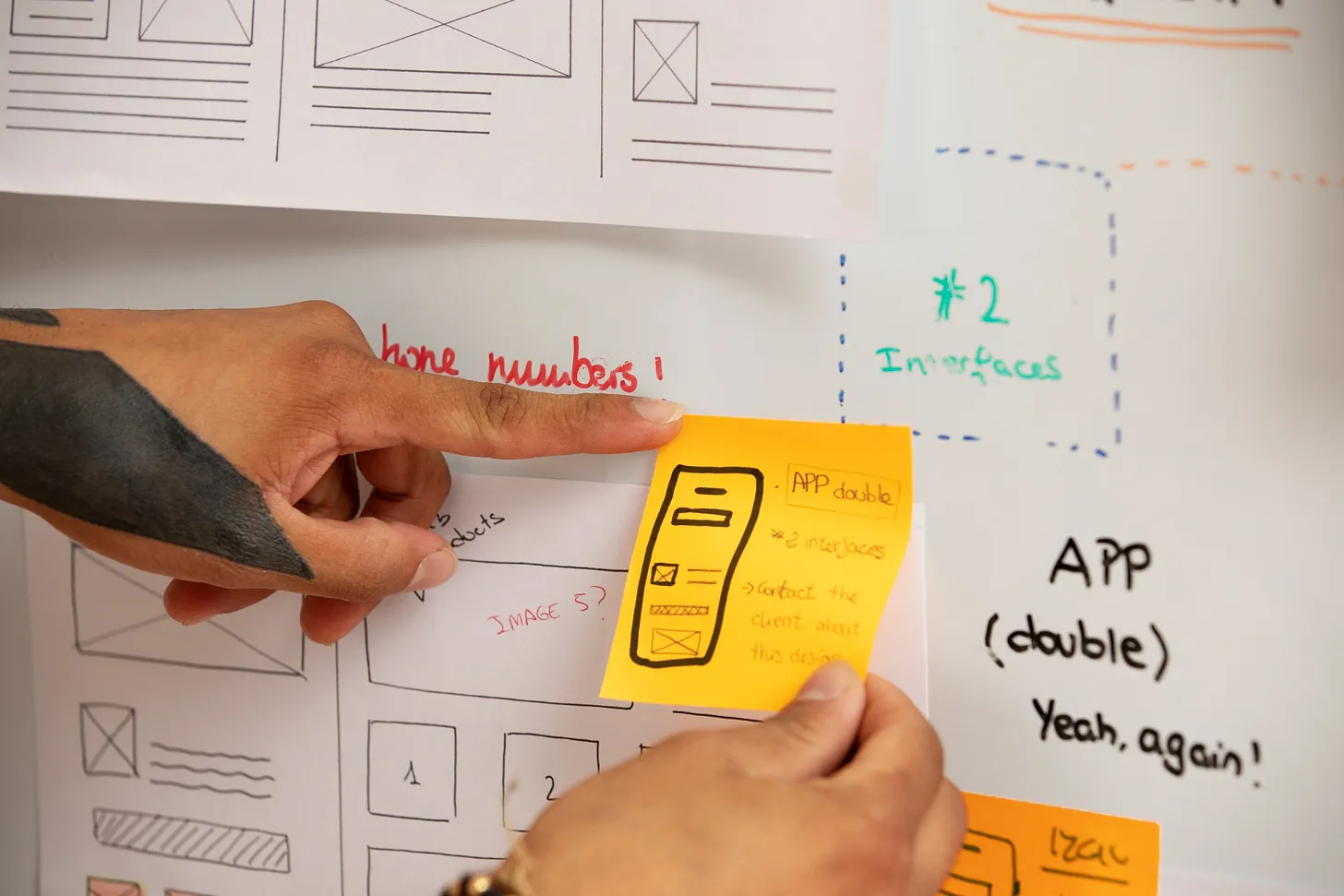
B2B SaaS products span a wide range of industries, each with unique challenges and opportunities for design. Here are some examples of how thoughtful UI/UX design can elevate these tools:
- CRM Software: Designing intuitive workflows for managing leads, contacts, and sales data ensures that sales teams can focus on building relationships rather than navigating complex systems.
- Project Management Tools: Creating a user-friendly interface for task management, project tracking, and team collaboration helps teams stay organized and productive.
- Accounting Software: Developing a transparent and efficient system for managing financial data, invoicing, and reporting simplifies complex processes for finance professionals.
- Marketing Automation Platforms: Crafting a seamless interface for creating, managing, and analyzing marketing campaigns empowers marketers to execute strategies precisely and efficiently.
Tools and Skills for B2B SaaS UI/UX Design
To deliver exceptional design solutions, B2B SaaS product designers rely on a combination of tools and skills:
- UI/UX Design Software: Proficiency in tools like Figma, Adobe XD, Sketch, or InVision to create visually appealing and functional designs.
- User Research: Conducting in-depth research to understand the target audience’s needs, pain points, and behaviors.
- Wireframing and Prototyping: Building wireframes and prototypes to visualize user interfaces and workflows before development begins.
- Interaction Design: Designing engaging and intuitive interactions that enhance usability and keep users engaged.
- A/B Testing: Using A/B testing to experiment with different design approaches and optimize interfaces for better performance.
By combining these tools and skills, designers can create B2B SaaS products that are functional and delightful to use, driving adoption, retention, and business success.
Conclusion
The role of a B2B SaaS product designer is both challenging and rewarding. By focusing on user needs, functionality, and accessibility, designers create software solutions that look great and drive business efficiency.
Through collaboration, data-driven decision-making, and a commitment to simplicity and consistency, they ensure that the product delivers real value to its users.
In a competitive market, a well-designed B2B SaaS product can be the difference between success and failure—making a product designer’s work more crucial than ever.
